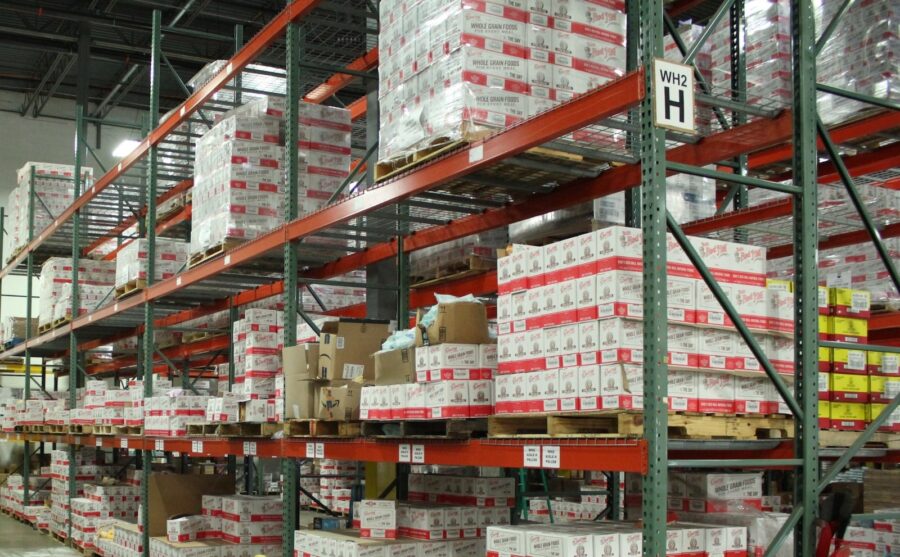With consumer confidence on the decline and more economists issuing recessionary predictions for the year ahead, CPG companies are strategizing for success during a potential downturn.
Inflation rose 8.5% year over year in September, according to the Bureau of Labor Statistics’ Produce Price Index, with prices for final demand foods up 11.9% on an unadjusted basis during the month.
These price increases, combined with additional pressure on income, are deflating consumer confidence and triggering shifts in spending behavior.
As Dr. Krishnakumar Davey, President of Thought Leadership at IRI noted in a recent blog post, average personal savings in the U.S. are at their lowest point in over 10 years and credit card balances are nearing an all-time high.
“As inflation continues, we are seeing consumers respond by shopping value channels more and trading out to buy lower-cost items like value proteins and greater-value meal solutions,” said Davey. “They’re also buying fewer premium meals and snacks and holding off on inessential household and beauty items.”
Private label is also gaining market share, especially in staples, and some shoppers are adopting so called “inflation diets.”
Framing Expectations for 2023
While consumers envision U.S. inflation cooling modestly over the next year, they are less optimistic about the long term, according to the latest survey by the Federal Reserve Bank of New York.
As Bloomberg reports, prices at the grocery store are a chief concern for consumers, with year ahead expectations for food inflation climbing a full percentage point to 6.9% in September.
Amidst the wide range of possible scenarios within the macroeconomic environment in 2023, the IRI blog post indicates that brands and retailers should be particularly prepared for:
- Market Bifurcation: Low-income households continuing to trade out and trade down while high-income households continue to demand more premium products and experiences.
- Continued growth in value channels, essentials, higher-value options and greater-value brands and products.
- Shifts to digital becoming habitual, altering consumer interactions with brands and retailers over the long term.
Priorities for CPG Players
To effectively respond to these trends, IRI also suggests that brands and retailers should prioritize the following in the year ahead:
- Digitizing analytics to enable faster decision-making and become more agile in response to market shifts.
- Tailoring promotions and closely monitoring their effectiveness.
- Innovating quickly to meet changing consumer needs and promoting new uses and occasions.
- Focusing on relevant solutions and differentiated experiences that create overall value through the right combination of quality, convenience, and price.
- Accelerating digital marketing with a focus on personalizing consumer brand experiences across a variety of touchpoints.
“By investing now for the future — and in the technologies that enable better agility today — companies can foster both day-to-day operational excellence and customer-focused innovation,” said Davey. “This approach will position them well both for a potential 2023 downturn, and for whatever comes next.”












